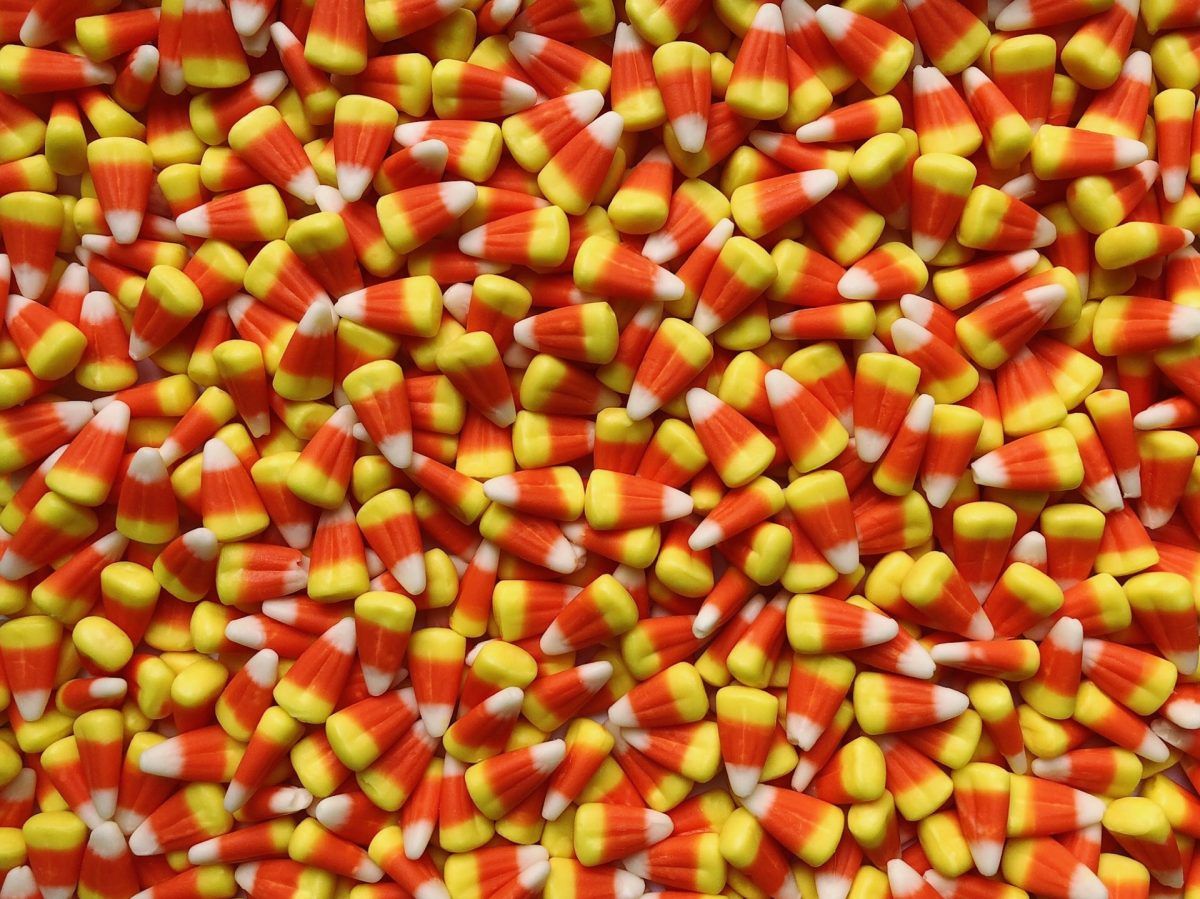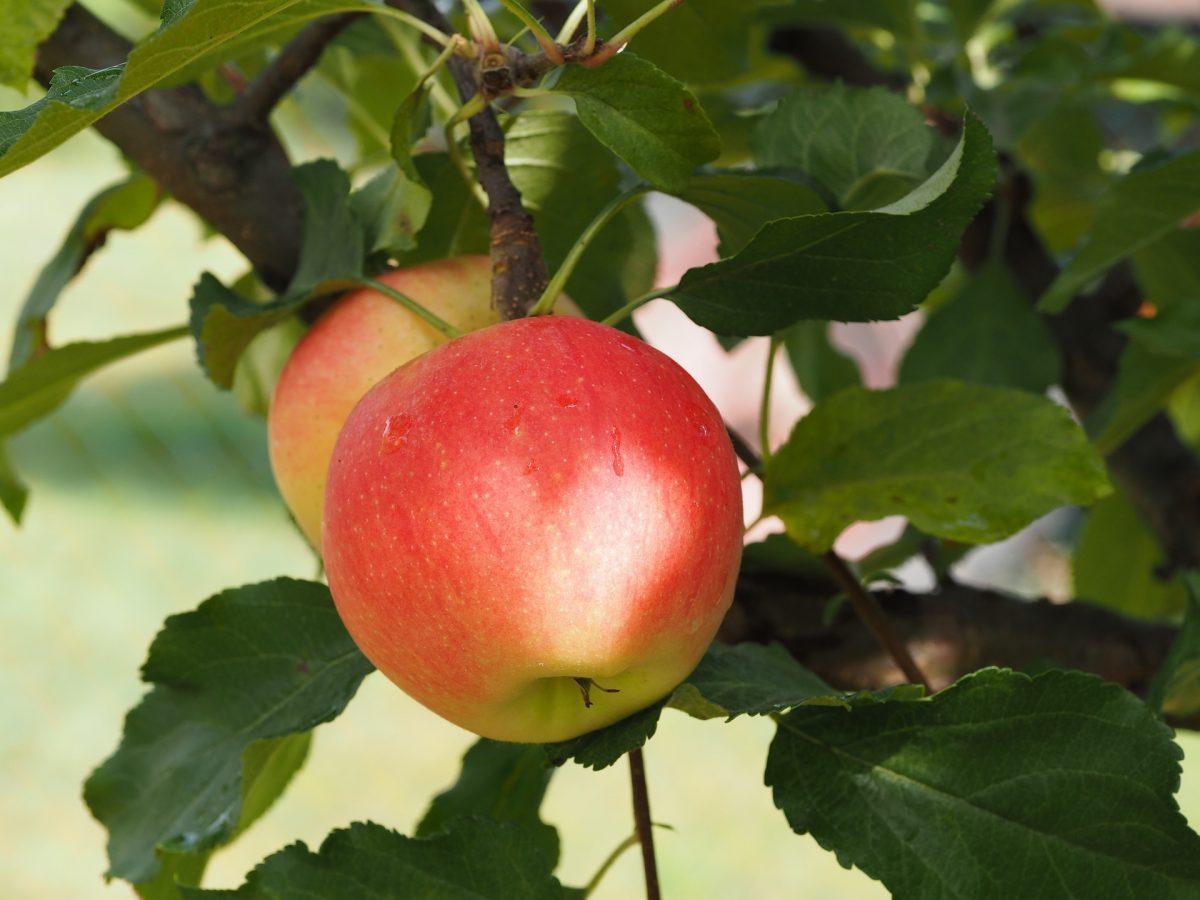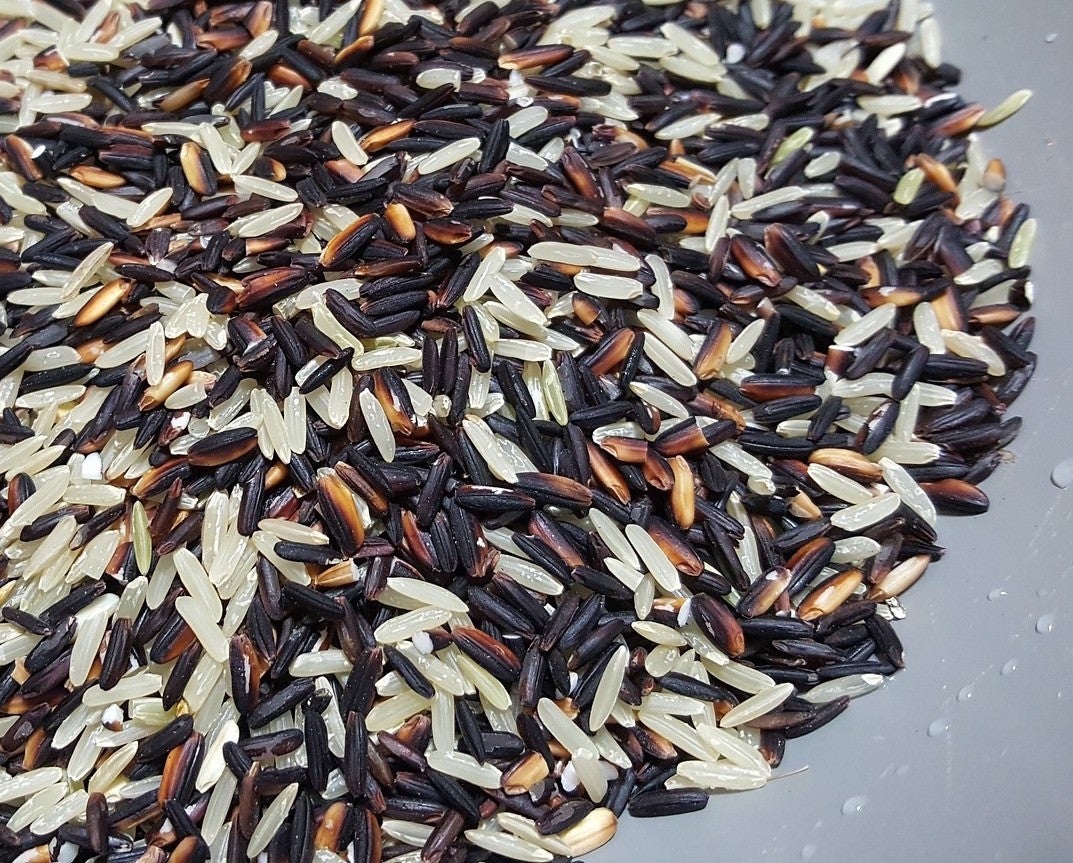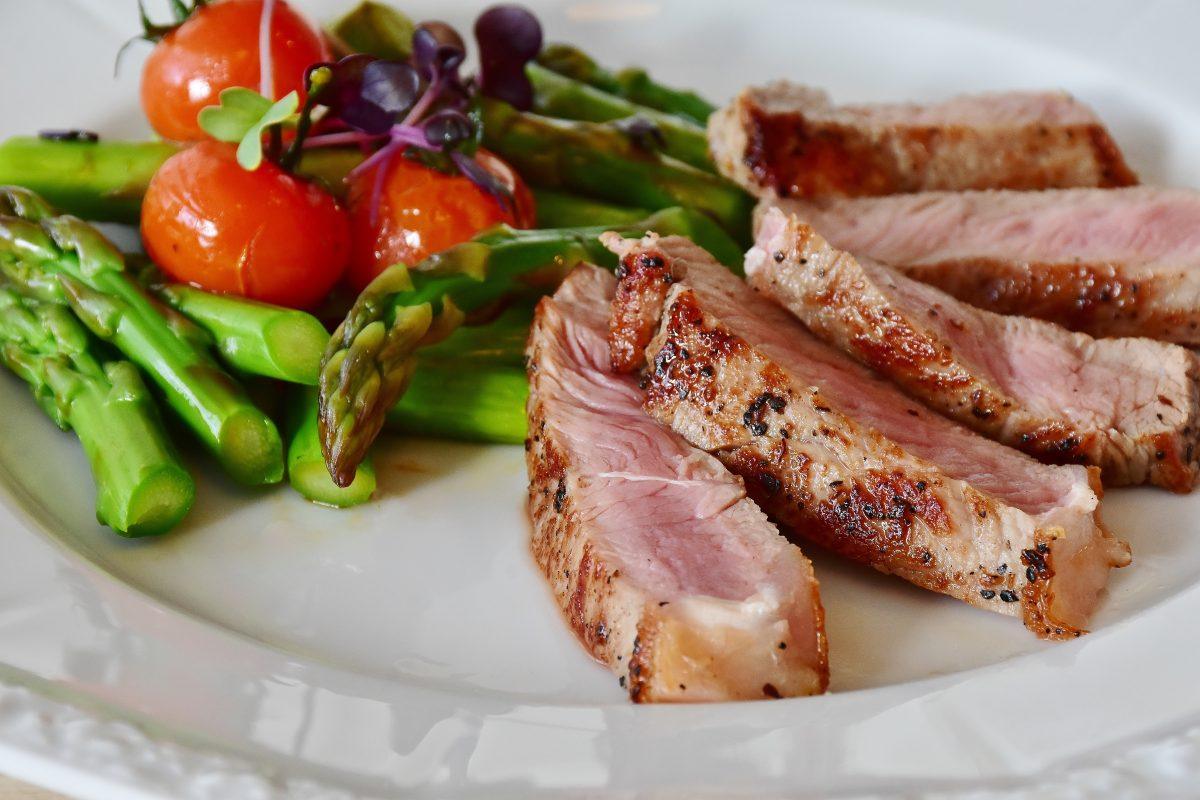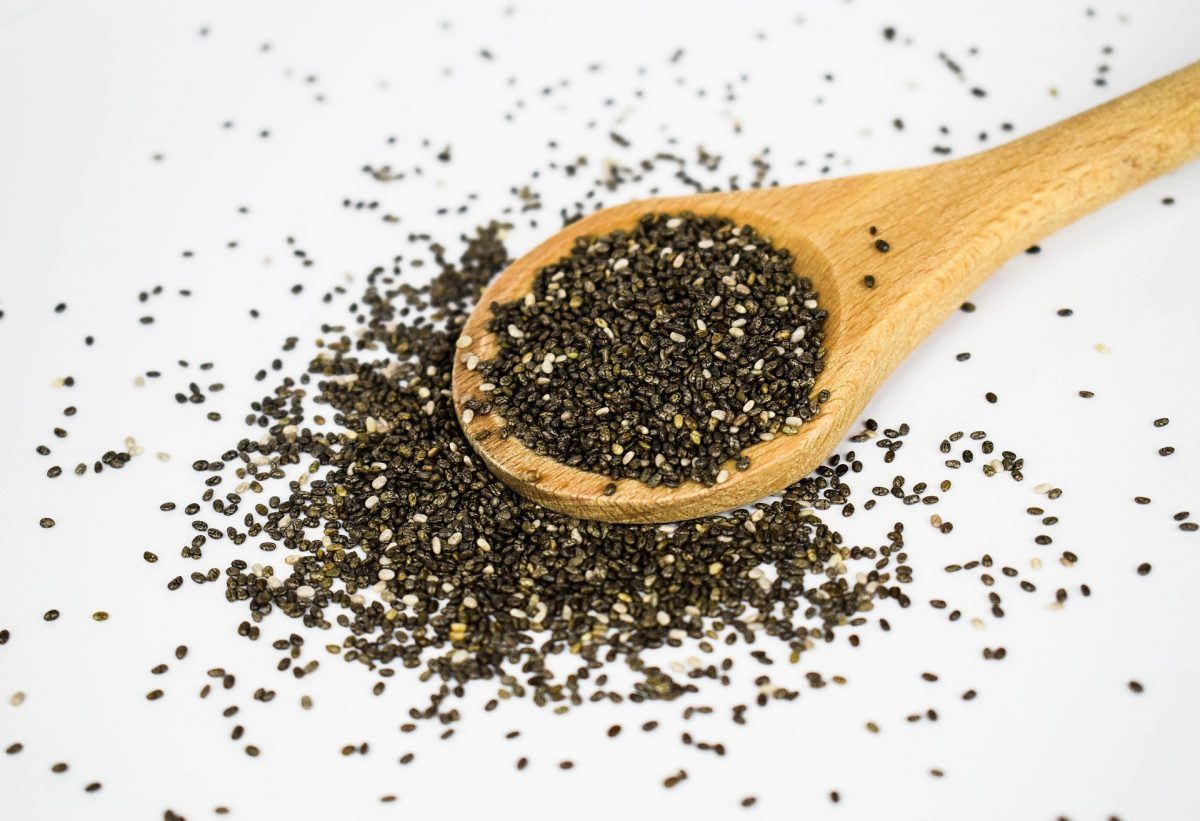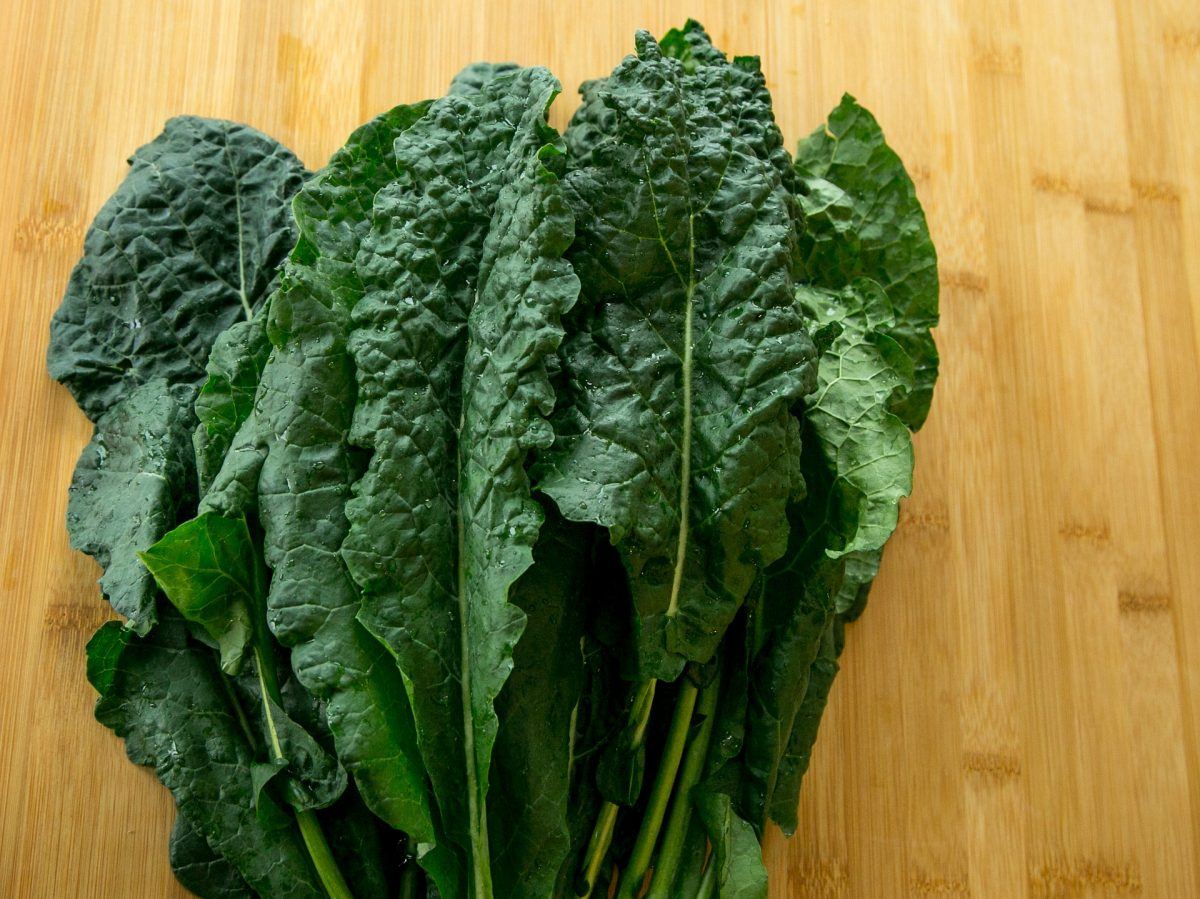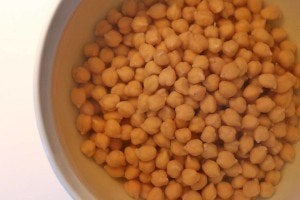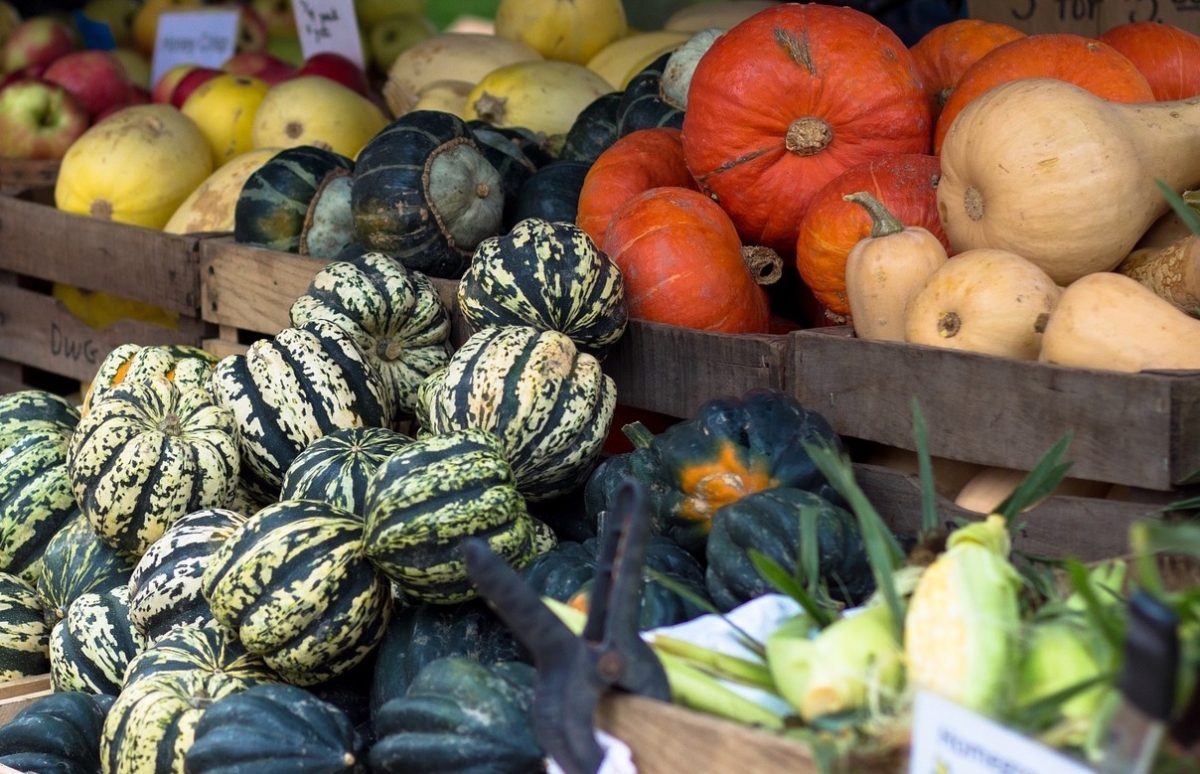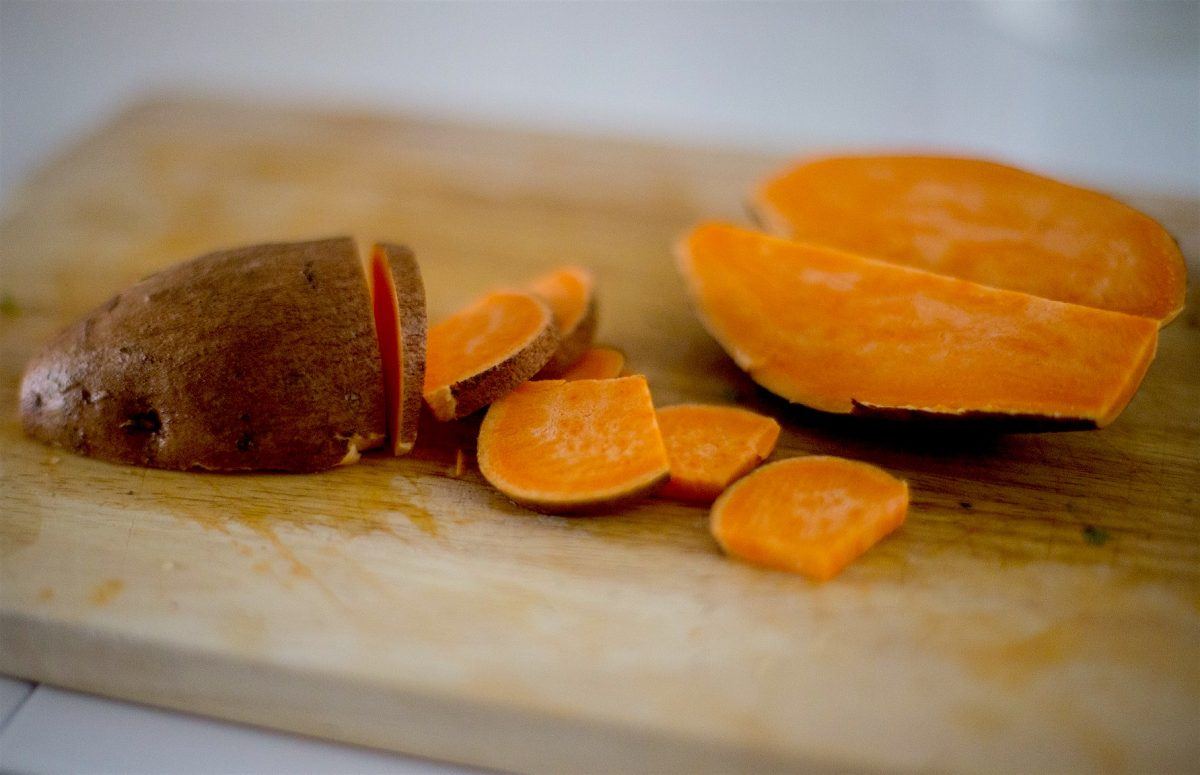Halloween can be a special time of year for children, but parents may be stressed about sugar overload. Candy is intentionally excluded from the Kid’s Healthy Eating Plate, but one night a year of extra sweetness is not the main problem. The concern is that the candy rarely lasts one night. Leftovers often linger, and … Continue reading “5 Quick Tips for Dealing with Sugary Halloween Leftovers”
Does eating an apple every day really keep the doctor away? Apples are certainly popular—ranking among the top three fruits produced around the world. They are easy to store and transport, and as a result, are typically available year-round in the U.S. In this piece we’ll explore how apples may benefit health and the best … Continue reading “Apples”
Rice is a main staple in more than 100 countries worldwide. [1] In some households, rice is included with more than one meal a day. This starchy high-calorie grain is generally low cost, making it accessible to all and a vital base of many diets. Each country showcases a rice specialty to reflect local spices … Continue reading “Rice”
Finding yourself confused by the seemingly endless promotion of weight-loss strategies and diet plans? In this series, we take a look at some popular diets—and review the research behind them. What Is It? The Paleolithic or “Paleo” diet seeks to address 21st century ills by revisiting the way humans ate during the Paleolithic era more than … Continue reading “Diet Review: Paleo Diet for Weight Loss”
Did you know that references to yogurt and health date all the way back to 6000 BCE? Or that before its dramatic rise in popularity, kale was more often used as a garnish? What makes food so enjoyable—beyond the flavors, textures, and variety it brings to everyday life—is that each one has some unique story behind it; … Continue reading “Food Features”
“Ch-ch-ch-chia” may be a familiar jingle if you grew up during the 1980s. Little did we know that those popular ceramic pets sprouting grass “hair” were a foretelling of the even greater success their seeds would have in edible form 25 years later. Chia seeds are often referred to as a “superfood” or functional food—unregulated … Continue reading “Chia Seeds”
Who knew a vegetable could be so cool? Although kale has early roots in Greek and Roman culture, it remained a relatively minor commercial crop in the U.S. until recent years. This leafy green reached celebrity status around 2012, appearing on menus of Michelin star restaurants and becoming the choice ingredient of millennial food bloggers. … Continue reading “Kale”
The name chickpea comes from the Latin word cicer, referring to the plant family of legumes, Fabaceae. It is also known by its popular Spanish-derived name, the garbanzo bean. Kidney beans, black beans, lima beans, and peanuts are other familiar foods found in this legume family. These plants produce edible seeds, called pulses, that have … Continue reading “Chickpeas (Garbanzo Beans)”
Pumpkins may attract much attention as an official sign of cooler weather, but they are just one of dozens of seasonal squash varieties in the Cucurbitaceae (gourd) family. “Winter” squashes are uniquely beautiful with ribbed or bumpy skins, irregular shapes, and vibrant colors ranging from yellow to orange to dark green or even multi-toned. Sometimes … Continue reading “Winter Squash”
Sweet potatoes are typically recognized by their copper-colored skin and vibrant orange flesh, though the hundreds of varieties grown worldwide display colors such as white, cream, yellow, reddish-purple, and deep purple. Although they are often found on holiday tables covered in marshmallows or mixed with added sweeteners, there’s no need! True to their name, sweet … Continue reading “Sweet Potatoes”
